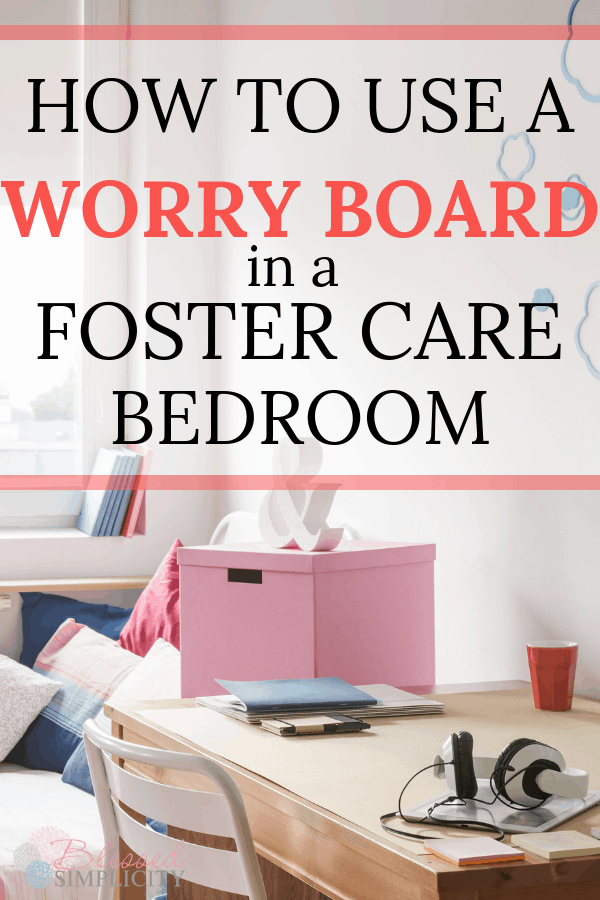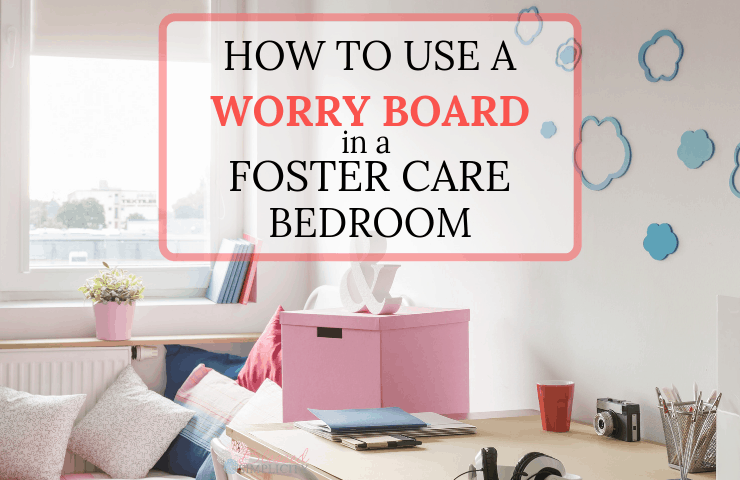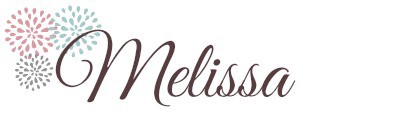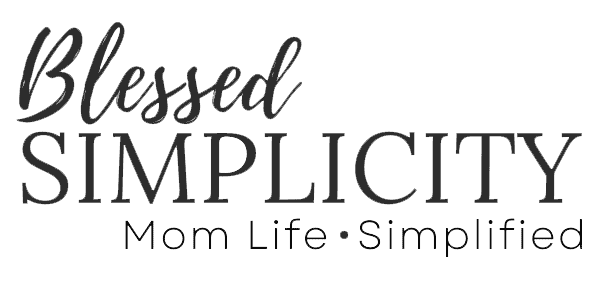How to Use a Worry Board in a Foster Care Bedroom
Use a worry board to decorate a foster care bedroom with something fun and functional for both the foster child and the foster parents. Worry boards can come in all shapes and sizes to improve the communication between foster children and foster parents.

*This post contains affiliate links. Please see the disclosure tab above for a complete affiliate disclosure.
After the foster care home study, and after the placement of a foster child in the home, the real work of being a foster parent begins. Suddenly, there are children in your home who need you and your skills.
Foster care can be difficult at times, and keeping lines of communication open with foster children is absolutely essential. Sometimes, due to trauma or anxiety, or just because they don’t know you, foster children will not openly communicate with their foster parents. A worry board or a communication board can be much less intimidating than talking face to face. Sometimes, both boards can be necessary.
Communication boards are typically used for older children in foster care to help keep track of scheduled meetings and reminders. Worry boards, however, can be used for children of all ages. You can find examples of different types of worry boards here.
Purpose of a Worry Board
The purpose of a worry board is to provide a low stress, and non-confrontational way of talking about things that some children are afraid to talk about.
Instead of having a discussion with a foster parent or case worker that may be uncomfortable, they can write something as simple as a single word on the worry board. Whatever is written on the board is a signal to the foster parent that the child is “worried” or has some anxiety about something and may want to talk about it.
How to Use a Worry Board
The first step of using any new tool, is to introduce and explain the tool. An introduction to a worry board can be given in the introduction letter to your foster home, or simply explained to the foster child at the first appropriate moment. Typically, it is best to introduce all forms of communication as soon as possible.
- Explain the purpose of the board.
- Show where the board will be located.
- Explain the Rules of the Board
Foster Care Bedroom Worry Board Rules
Explaining the rules of how and when to use a worry board and how the information communicated on the board will be used is key to developing trust in a foster parent to foster child relationship.
It is also important that, once the rules are established, they are adhered to by everyone in the house. You might consider printing the rules and posting them or even having all of the people in your house sign a copy of the rules.
Some examples of rules for a worry board might be:
- The board is always kept in a specific location.
- The board is always checked at a specific time of day.
- Everything on the board can and will be shared with the case worker.
- We only have to talk about things written on the board at a specific, predetermined time, unless the foster child requests earlier discussion or requests no discussion at all.
- There will be no judgement of anything communicated on the board. The worry board is a safe place. Everyone is entitled to their feelings.
- There will be no fighting about anything written on the board. All issues will be discussed in a calm and appropriate manner.
Worry Boards for the Family
Some foster children may be more likely to use the board if the entire family uses it. It only takes a minute to write the one word that describes how you feel today, or to move a colored magnet next to a name. Making the board a normal communication device for everyone will help your foster child feel like they are conforming to their new environment rather than being singled out.
Asking Questions with Worry Boards
Some children need some encouragement to communicate, this is where a worry board can really help open the door for foster parents. Instead of asking the child to initiate the conversation, create sections on your worry board with questions or fill in the blank sections like:
- How are you feeling today?
- Today my mood is…
- How do you feel about _______________
Question sections on the worry board open the conversation and allow the child to just post a color, or a picture or a single word to communicate.
What Does a Foster Care Bedroom Worry Board Look Like?
Worry boards can go far beyond the typical dry erase board and markers. In fact, you can get super creative with many kinds of worry boards like:
- Magnetic Boards
- Dry Erase
- Felt
- Sticky Notes, etc.
You can find ideas for lots of worry boards here.
Communication is Key for Foster Care
Communication is absolutely essential in all relationships. However, in the foster care relationship, foster parents are often learning how to communicate with foster children who have often not been taught how to properly communicate or communicate well. A worry board is a tool to help bridge the communication gap.


